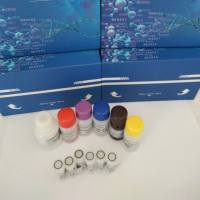Tissue profiling and imaging by MALDI mass spectrometry has allowed the direct analysis and localization of biomolecules in tissue. However, due to the in situ nature of this technique, the complexity of tissue, and the need for a chemical matrix in MALDI, the signal recorded can be extremely complex and difficult to assign. Combining ion mobility with matrix-assisted laser desorption/ionization is a very powerful technique for fast separation and analysis of biomolecules in complex mixtures (such as tissue and cells), as isobaric lipid, peptide, and oligonucleotide molecular ions are pre-separated in the mobility cell before mass analysis. Differences in drift time of as much as 30% are obtained in a timescale of hundreds of microseconds. Molecular ions of the same biochemical family fall along trend lines when plotted in 2D plots of mobility drift time as a function of m/z . In this chapter ion mobility MALDI-MS ability to analyze various biomolecules in tissue, that is, lipids and proteins, as well as its ability to separate species from all of the major phospholipid classes from tissue and extracts, the effects that radyl chain length, degree of unsaturation, head group composition have upon their ion’s cross section in the gas phase, and how it can be used not only to distinguish them from other biochemical groups in a mixture but also to differentiate them from other lipid species will be illustrated.






